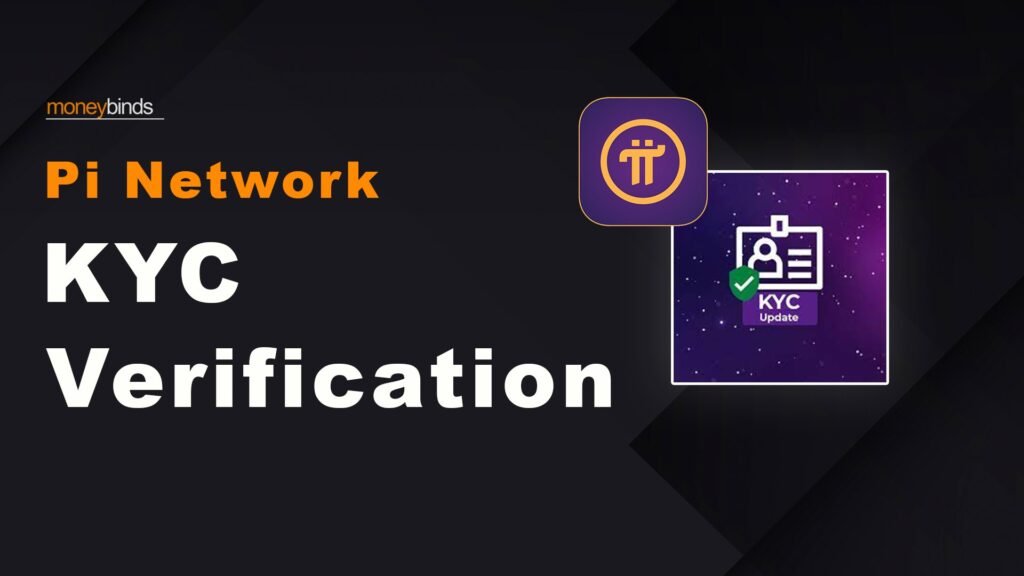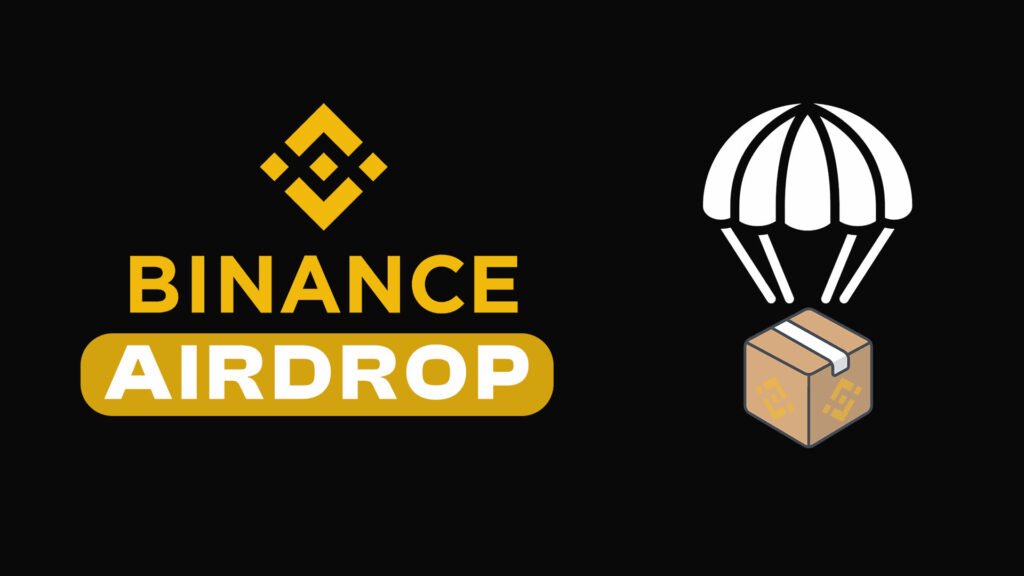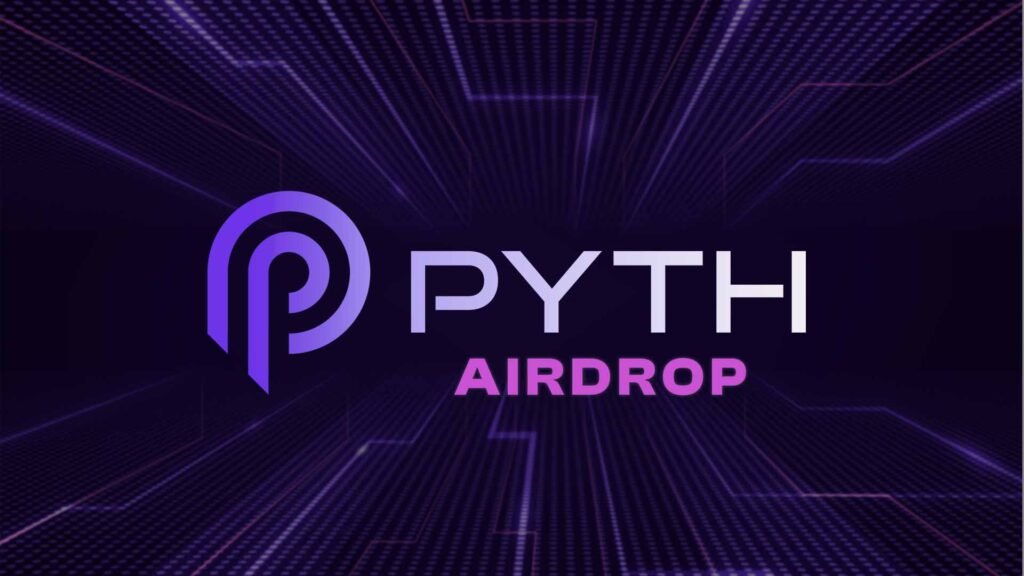Exchanges Want To List Pi Network, But Not The Core Team, Why?

Since the launch of the Pi Network, a futuristic cryptocurrency project, it has influenced over 47 million people around the world. Its highly vibrant community on social platforms like X (previously Twitter), Reddit, etc., shows users’ deep enthusiasm for this project and its native token, the Pi coin.
For obvious reasons, any crypto exchange would desire to list such a popular and massively supported cryptocurrency. Indeed, so many recognized crypto exchanges have already listed this coin for trading purposes. However, the Pi Core Team (PCT) does not like this.
But why is this so? Let us delve deeper into this topic to better understand it.
Why does Pi Network not want to list Pi Coin now?
Anticipated to be a revolutionary project, the Pi Network has been in the crypto realm for more than four years but has not yet launched on the Mainnet (open Mainnet). Launching the open Mainnet means that the digital currency can be listed on crypto exchanges, and holders can buy, sell, or trade using Pi.
While the project has traveled a long path and has already passed the Beta and Testnet phases of its official roadmap, the Mainnet phase has become unexpectedly long and often frustrating for many.
The following are possible reasons for the core team’s unwillingness to launch the Pi Network mainnet and list its token:
1. The KYC verification issue
KYC verification of users on the Pi Network is a must before they can transfer their mined Pi token to the mainnet. Although the developers have said that applications for KYC verification are open to all, a significant number of users are still facing issues with the process.

To verify KYC, users need to fill out a KYC verification application form and send it for review; however, applicants often get stuck in the Automated machine verification step, which verifies whether the face in the selfie matches that on the government-issued document or not, in addition to other crucial details.
Even if they successfully apply, only a few people get a response, whether they are approved or not. The application status of the majority of applicants shows “Pending” or “In Review” for several months.
The KYC issue is one of the most crucial ones and must be addressed ahead of the Mainnet launch.
2. Delay in Enclosed mainnet transfer
Users must be KYCed in order to transfer Pi coins to the enclosed Mainnet.
However, due to KYC issues, Pi coin migration to the enclosed Mainnet is significantly delayed. To ensure the success of the open mainnet, a maximum number of Pi tokens should be transferred to the enclosed Mainnet.
3. Build more Pi-powered utility apps and features
The Pi Network’s main objective is to make Pi worthy in the real world. For this, the core team regularly organizes Pi Hackathons and encourages developers worldwide to build something innovative powered by the Pi coin. This will significantly boost the value of the Pi token.
The Fireside Forum, WorkforcePool, and GettPay are a few examples of innovative Pi-powered products. The Pi Core Team wants to build a strong ecosystem of utility apps fueled by Pi.
4. Security, reliability, and scalability
Pioneers should remember that the Pi Network is still in its early stages, and the core development team needs to ensure that the network is highly secure, reliable, and scalable. As there are millions of users on the platform, it is crucial for the project to have these qualities.
5. Maturity of the project and Pi holders
The Pi Network project is often criticized as an immature project with an immature user base. “Immature user” in this context refers to people with relatively less exposure to the crypto world.
The Pi initiative’s goal is to make Pi accessible to everyday people, but the reality is that many people have no idea how decentralized finance works.
So, the team behind Pi Network would want the overall project to gain more maturity.
6. Regulatory compliance with different countries
It is quite challenging for cryptocurrency projects to get regulatory approval in certain jurisdictions before they become fully operational. So, it is possible that they are waiting to get the approvals to launch the Open Mainnet.
Many crypto exchanges have listed Pi unofficially
Despite Pi Network developers’ current hesitancy to list Pi coins on exchanges, many well-known crypto exchanges, including Huobi Global, XT.com, BitMart, and others, have done so. In fact, they listed the Pi coin in December 2022 without even consulting the official Pi Core team.
Pi Network’s response to these listings
Pi Network has released an official statement on their website stating that “It is important to reiterate that Pi is currently in the Enclosed Network and is not approved by Pi Network for listing on any exchange or for trading, and Pi Network was not involved with any of these purported postings or listings”.
In addition, the core team has also mentioned that the transaction of Pi through an exchange was explicitly prohibited during the Enclosed Mainnet period, and doing so would be a violation of Pi’s policies.
Pi’s officials have advised all Pioneer and potential Pi users to stay alert to these exchanges or third-party entities, as their actions aren’t connected with Pi Network and could potentially lead to significant losses or harm to Pi users.
As the Pi network is currently in the enclosed mainnet stage, the officials are encouraging Pioneers to concentrate on completing the KYC/Migration process in preparation for the upcoming updates.
If you want to get more detailed information regarding their statements, you can refer to the official blog post.
What is Pi Network?
The Pi network is a blockchain-based crypto-mining application that can be easily operated on mobile devices rather than expensive hardware devices.
It is one of the initial platforms to introduce mobile crypto mining with user-friendliness and energy efficiency, where users can mine Pi coins by just clicking a button once every 24 hours on their smartphones.
The project aims to eliminate the requirement for costly and specialized mining hardware, making mining accessible to a wider audience.
Final Thoughts
In conclusion, the Pi Network team has not yet unveiled the open mainnet launch schedule, so the actual launch date is still a mystery. However, it does not mean that the team is sitting with hands folded. Several sources have claimed that the founders are highly active while remaining silent, and they may soon announce something very exciting.
The delay in the mainnet launch might be due to the aforementioned reasons. Notably, the Pi network has laid out the official notice, clearing out the doubts and concerns about the listing of the Pi coin on the exchanges. The Pi officials have urged their users to stay out of unauthorized third-party exchanges.
At the same time, Pioneers or Pi users should follow Pi Network’s official channels and trusted sources like us instead of getting into the community buzz, which may lead to a significant loss.
Follow us on X (Twitter) & Google News to stay updated about Pi Network.
You may also like
Disclaimer: This article entirely reflects the author’s opinion.







Pi network KYC